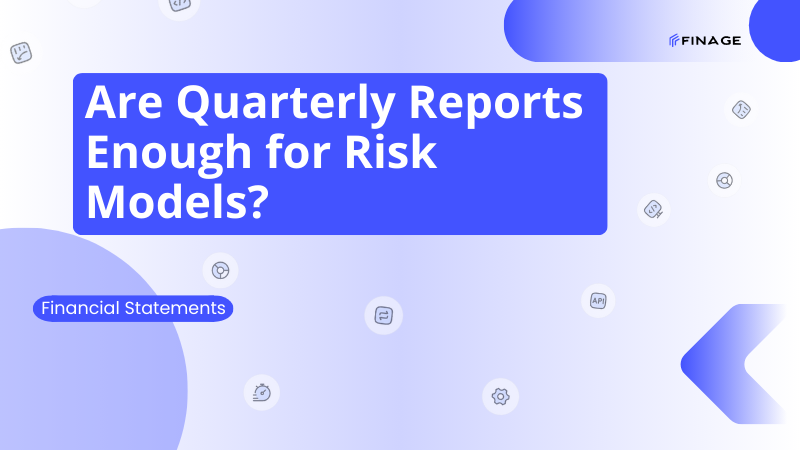Top 10 Things to Know About Bonds
5 min read • November 6, 2024
.png)
Introduction
The financial markets are notoriously chaotic and this naturally applies to bonds. While they aren't stocks, those looking to buy them have to approach things wisely, using great strategies, as well as tools such as a broker service or a fundamental data API, as examples.
However, the thing about bonds is that they aren't exactly the easiest thing for your relative newcomer to understand, which means they need to know the basics above all things. Let's try to summarize bonds by looking at ten facts that you would be curious to know.
Contents:
- Essential ten facts to know
- Generating income and having multiple uses
- The bonds ensure portfolio stability
- They're issued by varying entities
- The interest on loans is fixed
- Their prices can be volatile
- They aren't on exchanges
- They aren't a foolproof endeavor
- Grade determination
- The nature of returns
- They last for a predetermined period
- Relating to other investments
Essential ten facts to know
Let's just dive right into it by looking at the first and most basic fact regarding bonds, which is what they are. Bonds are essentially opportunities that entities give to the public to loan them money for whatever projects they're looking to finance. With the bond or credit market being worth $133 trillion as of 2023, getting into it can be a lucrative proposition, which is why the following other facts would be of use, such as:
Generating income and having multiple uses
The commodities in question are issued by entities looking to raise funds. Depending on who they are, which we'll get to, they will do this for a host of reasons including the following:
- Be a hedge against inflation
- Get an income
- Capital preservation
- The dampening of equity volatility
The bonds ensure portfolio stability
Bonds are often regarded as safer investments than equities, particularly government bonds. Their relative stability can counteract the volatility of equities, creating balance. Even during economic downturns, bonds can provide a financial cushion.
They're issued by varying entities
If you noticed from the above, the uses of bonds to the issuers vary depending on who they are, and suffice it to say; a few bond types do exist. Among the most common are the following:
- Municipal bonds, issued by municipalities
- Corporate bonds, issued by companies
- Government bonds, issued by governments or their treasuries
The interest on loans is fixed
Your standard bond's interest is referred to as a coupon and it is typically fixed. Said fixed amount is what is paid annually until the term ends.
Their prices can be volatile
Bonds, when issued, will sell for what they are put up for, unlike their stock counterparts. Afterward, however, they become subject to market conditions, which lead to volatility and, therefore, price fluctuations, much like stocks do.
They aren't on exchanges
Unlike their stock counterparts, bonds won't be found on exchanges. However, they can be bought in a few other ways. These could be via brokers, directly from entities like the government or via next-generation ETFs that may hold them.
They aren't a foolproof endeavor
While bonds are generally seen as less volatile than stocks, they are by no means free from risk. Among the most common risks you will see with them include their susceptibility to changing interest rates, which may result in price changes. Another thing to consider is that the issuer may not be able to pay back at the end of the term.
Grade determination
When it comes to bonds, a lot of trust can be placed on third-party organizations to grade whether or not they're a good option for you. It is these grades that help determine risk, with lower grades typically showing that a bond is riskier.
While these are helpful, it won't hurt to go after the information relating to viability from a source like a Market Data API. With such a tool, you can use the grades as well as your knowledge to make a decision.
The nature of returns
Yields are the expected return for buying a bond. Theirs is a nature that keeps a competitive environment, price-wise. This is seen in the inverse relationship between price and yield, which sees the latter rise when the interest of the purchased coupon falls.
They last for a predetermined period
As hinted at in the previous headings, every bond has a term at which point it ends. This period is referred to as maturity, and it can be decades long. When full maturity is reached, the payment for the bond purchase is made in full, although the option to default is there.
Relating to other investments
If there is another thing to be said about bonds that you need to be aware of, it is that they, or rather, the elements that affect them, can be used to make other investments. The yield curves, for example, are a sign of a slowing economy and that can affect both stocks and forex markets. This is why a Financial data API for economic research that reveals such information would be useful.
Final thoughts
Bonds are quite the lucrative investment for anyone looking to find an alternative to stocks, and crypto in the financial market - at least they can be. For you to stand any semblance of a chance, you have to know as much about bonds as possible. Fortunately, the above highlights ten, fairly basic aspects of bonds that you should know to get into space at the very least.
What these things show is that bonds are accessible to the public, and aren't too complicated. That said, they, much like every other financial market element, are ripe with risk. As such, caution and every tool available should be used to get the best result possible for your investment.
You can get your Real-Time and Historical Market Data with a free API key.
Build with us today!
Claim Your Free API Key Today
Access stock, forex and crypto market data with a free API key—no credit card required.

Stay Informed, Stay Ahead
Finage Blog: Data-Driven Insights & Ideas
Discover company news, announcements, updates, guides and more


